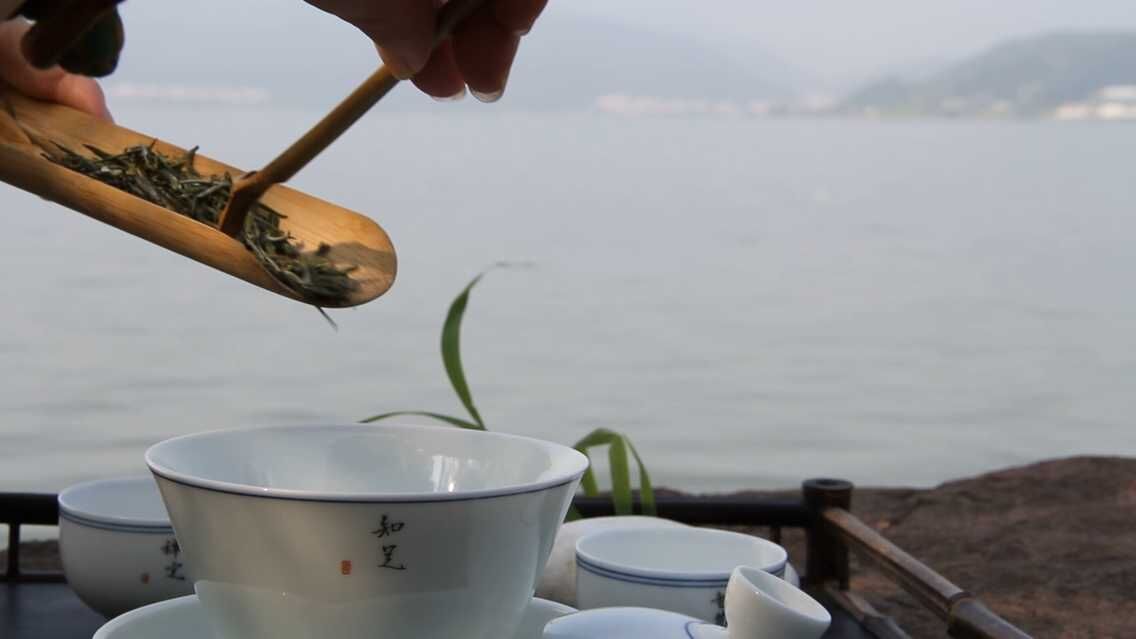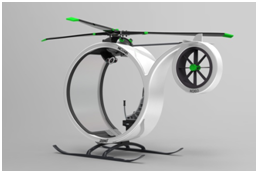
当前课程知识点:Chinese Folk Motif Arts > Unit 4. The Heritage of Chu Culture: Discovering the Intangible Cultural Heritage > 4.1 The State of Chu and Chu Culture > 4.1 The State of Chu and Chu Culture
返回《Chinese Folk Motif Arts》慕课在线视频课程列表
返回《Chinese Folk Motif Arts》慕课在线视频列表
下面我们讲 第四讲
楚文化遗存 非物质文化遗产寻踪
中华文化源远流长
几千年来生生不息 在它的发展过程中
曾经留下许多历史的闪光点
楚文化 以其独特的魅力和辉煌的成就
构成了中华文化最具特色的一部分
2000多年来一直影响着后人
这一讲 我们将回顾楚文化的历史
观赏楚文化优秀的历史遗存物
从遗存在这块土地上的非物质文化遗产中
我们可以看到浓浓的楚文化的遗风
一 楚国与楚文化
楚国 又称荆 荆楚
它是中国历史上春秋战国时代的一个诸侯国
楚国的祖先姓芈 熊氏
其部落分布在商都朝歌的南方
楚国辖地大致为现在的
湖北全境 湖南大部
以及重庆 河南 安徽
江苏 江西的部分地方
楚国的首都是“郢”
位于现在的湖北省江陵县境内
公元前223年 楚灭于秦
这是战国时期各诸侯国的地图
我们看 楚国的位置在湖北的周围
楚人以其辉煌灿烂的文化成就举世瞩目
作为楚文化重要组成部分的楚艺术
更是独步海内外
它的艺术形式和风格
充分体现了楚人的想象力和审美意趣
从文化性质上来看
楚文化更多地保留了中原姬周文化的特色
同时也吸收了少量蛮夷文化的特质
时间愈晚 它自身的特色就越明显
-A brief introduction of the study unit
-1.1 The meaning of learning Chinese folk motifs
--1.1 The meaning of learning Chinese folk motifs
-1.2 A brief introduction of graph
--1.2 A brief introduction of graph
-1.3 The basic categories of Chinese folk motifs
--1.3 The basic categories of Chinese folk motifs
-1.4 The basic characteristics of Chinese folk motifs art
--1.4 The basic characteristics of Chinese folk motifs art
-1.5 Research on the questions and the motifs cases
--(1) Researches and case studies on motifs
--(2)Research on Traditional Motifs
-1.6 Unit assignment: thinking questions
-1.7 Online Quiz
--1.7 Online Quiz
-1.8 Expanded learning resources
--Embroidery of Guizhou Miao ethnic group (Video)
--The Magnificent Miao Ethnic Group: Wordless Book of Miao (Video)
--Chinese Folk Motifs(Graphics and images)
--Websites
-A brief introduction of the study unit
-2.1 The modeling methods of folk motifs
--2.1 The modeling methods of folk motifs (Part 1)
--2.1 The modeling methods of folk motifs (Part 2)
-2.2 Aesthetic implication of folk motifs
--2.1 Aesthetic implication of folk motifs (Part 1)
--2.2 Aesthetic implication of folk motifs (Part 2)
-2.3 Research on the questions and the motifs cases
--Research on the questions
-2.4 Art Practice: Canton Embroidery
-2.5 Unit assignment: Judgment and thinking questions
--Judgment questions
-2.6 Expanded learning resources
--My hereditary treasure: new year woodblock print made by Tai Liping (Video)
--Taohuawu new year woodblock print (Graphics)
-A brief introduction of the study unit
-3.1 A Brief Introduction of Chinese Folk Paper Cut
--3.1 A Brief Introduction of Chinese Folk Paper Cut
-3.2 The craft of Chinese folk paper cut
--3.2 The craft of Chinese folk paper cut
-3.3 The techniques of expression of Chinese folk paper cut
--3.3 The techniques of expression of Chinese folk paper cut
-3.4 A brief introduction of Chinese shadow puppetry
--3.4 A brief introduction of Chinese shadow puppetry
-3.5 The artistic characteristics of Chinese shadow puppetry
--3.5 The artistic characteristics of Chinese shadow puppetry
-3.6 The modeling of Chinese shadow puppetry
--3.6 The modeling of Chinese shadow puppetry
-3.7 Art Practice: Paper Cut
--A Brief Introduction of Art Practice
--Traditional Chinese Paper Cutting : Butterfly
--Traditional Chinese Paper Cutting : Baby with twisted knors of har
--Paper-cut creative case (picture)
-3.8 Unit assignment: Paper Cut creation
-3.9 Online Quiz
--3.9 Online Quiz
-3.10 Expanded learning resources
--Backstage performance of shadow play (video) (Ⅰ)
--Backstage performance of shadow play (video) (Ⅱ)
--Shadow play "Monkey Eating Peach"
--Analysis of Chinese Shadow Puppet Art
-A brief introduction of the study unit
-4.1 The State of Chu and Chu Culture
--4.1 The State of Chu and Chu Culture
-4.2 Representative Graphics of Chu Culture Remains
--4.2 Representative Graphics of Chu Culture Remains
-4.3 Intangible Cultural Heritage of Chu Culture
--4.3 Intangible Cultural Heritage of Chu Culture (Part 1)
--4.3 Intangible Cultural Heritage of Chu Culture (Part 2)
-4.4 Research on the questions and the motifs cases
--Chu Culture Relics Graphics
--The motifs case : Tujia ethnic Brocade "Xilan Kapu"
-4.5 Art Practice: Decorative painting
--Art Practice: Decorative painting sketch
--Art Practice: Decorative painting modeling
--Art Practice: Decorative painting coloring
-4.6 Unit assignment
--4.6 Unit assignment
-4.7 Online Quiz
--4.7 Online Quiz
-4.8 Expanded learning resources
--Bronze ware, lacquerware, silk fabrics of Chu culture
--Yao ethnic bright-colored embroidery applique, Dong ethnic brocade
-A brief introduction of the study unit
-5.1 Totem
-5.2 Panhu Worship
-5.3 The Legends of Totem in Costumes
--5.3 The Legends of Totem in Costumes
-5.4 The Tattoos of the Li Ethnic Group
--5.4 The Tattoos of the Li Ethnic Group
-5.5 Art Practice: Tie-dye
--Xiang Yunfang tie-dyeing (clamp-tie) video
--Xiang Yunfang tie-dyeing (bundle-tie) video
--Xiang Yunfang tie-dyeing (dog-paw flower) video
-5.6 Research on the questions and the motifs cases
--Totem problem exploration
--Traditional graphics cases:The "Hundred-bird Clothes" of the Miao ethnic in Guizhou
-5.7 Unit assignment: Tie-dye creation and thinking questions
--5.7 Unit assignment: Tie-dye creation and thinking questions
-5. 8 Expanded learning resources
--Miao embroidery in Taijiang (Video)
--The Magnificent Miao Ethnic: Who made life so glorious (Video)
--National costumes of southern China
-A brief introduction of the study unit
-6.1 Philosophical Reflections on the Harmony of Taiji and “Yin and Yang”
--6.1 Philosophical Reflections on the Harmony of Taiji and “Yin and Yang”
-6.2 “Nine Palaces” and Its Spatial Layout
--6.2 “Nine Palaces” and Its Spatial Layout
-6.3 Plane Static Four-dimensional Space
--6.3 Plane Static Four-dimensional Space
-6.4 “Almorphism” of Batik Graphics
--6.4 “Almorphism” of Batik Graphics
-6.5 Ingenious Calculations by Folk Carpenters
--6.5 Ingenious Calculations by Folk Carpenters
-6.6 Research on the questions and the motifs cases
--Research on the questions and the motifs cases
--Introduction to Miao Batik (Video)
--Danzhai Batik - Painting Wax (Video)
-6.7 Unit assignment: thinking questions
--6.7 Unit assignment: thinking questions
-6.8 Online Quiz
--6.8 Online Quiz
-6.9 Expanded learning resources
--The image of dragon in Chinese folk motifs (graphic and image)




